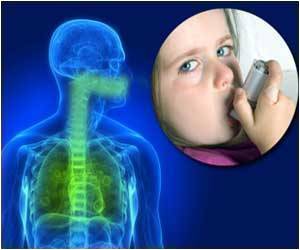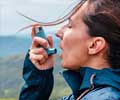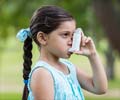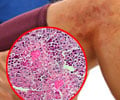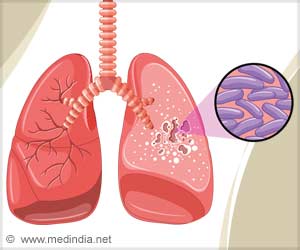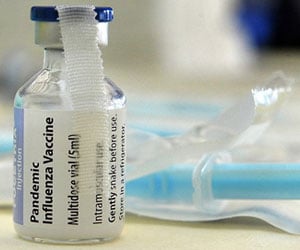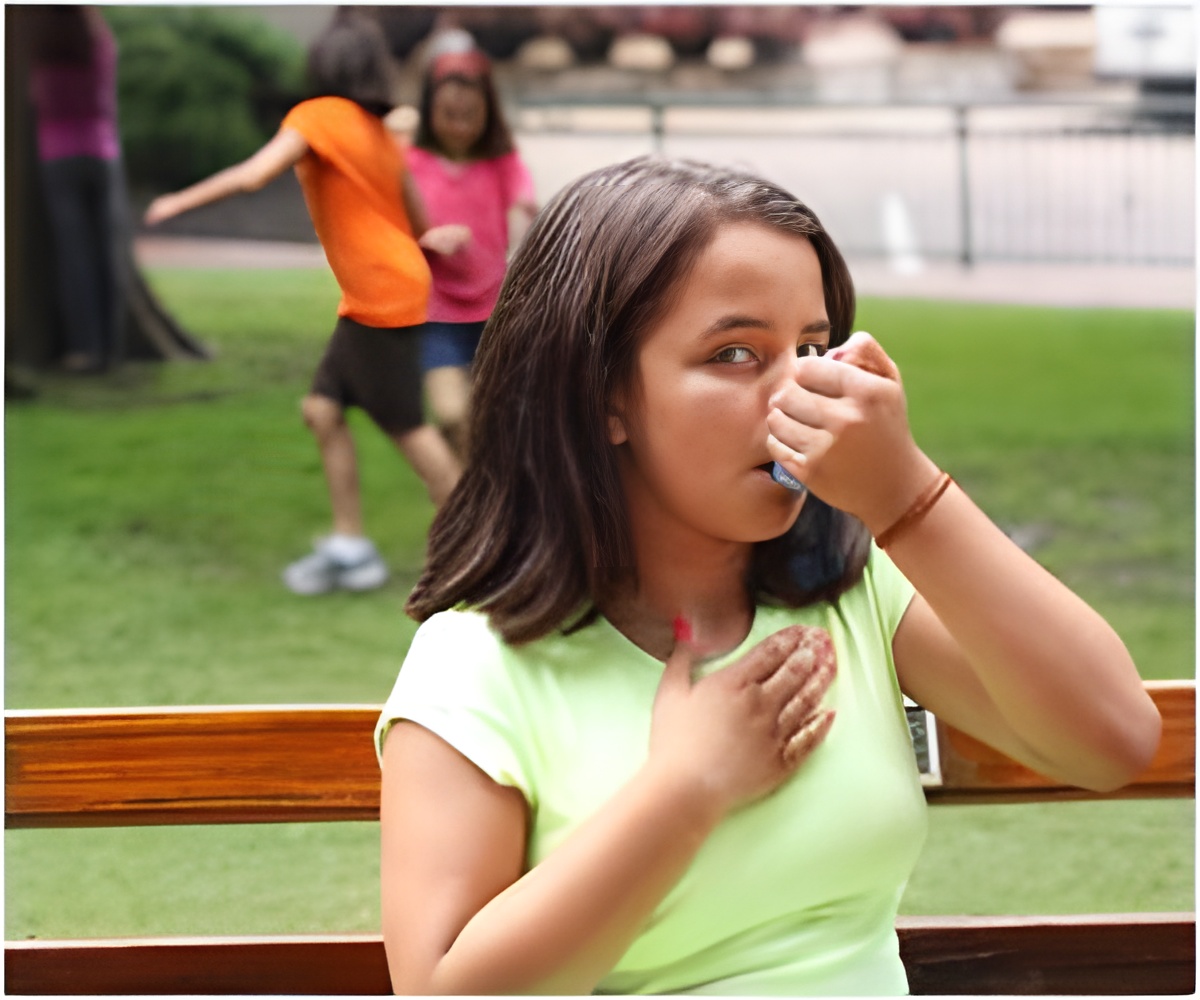
‘Odds of getting asthma have increased by three times in kids, even if they live within football field's length of major roadways.’
Tweet it Now
New research led by scientists at Beth Israel Deaconess Medical Center (BIDMC) and the Harvard T.H. Chan School of Public Health suggests that long-term exposure to traffic-related pollution significantly increases the risk of pediatric asthma, especially in early childhood. Their findings were published today in a Letter to the Editor in the Journal of Allergy and Clinical Immunology."Our previous research demonstrated that living close to a major roadway and lifetime exposure to air pollutants were associated with lower lung function in seven- to ten-year-old children," said corresponding author Mary B. Rice, MD, MPH, a pulmonary and critical care physician at BIDMC. "We suspected that these exposures would also be associated with pediatric asthma."
To find out, Rice and colleagues analyzed data from 1,522 Boston-area children born between 1999 and 2002 whose mothers had enrolled in a long-term study called Project Viva, which was established to examine how behavioral and environmental factors - such as sleep and eating habits or exposure to pollution - impact children's health. As part of Project Viva, mothers provided comprehensive medical, socio-economic and demographic information, including residential address histories.
Rice and colleagues used mapping technologies to determine the distance between each child's home address and the nearest major roadway. The researchers also linked home addresses to census data and satellite-derived atmospheric data to calculate each participant's daily exposure to fine particulate matter (PM) - tiny particles suspended in the air that when inhaled deposit in the terminal sacs of the lung. Fine PM originates from fuel combustion, including traffic, power plants, and other pollution sources.
The research team also examined children's daily exposure to soot, a component of fine PM also known as black carbon. Incompletely burned fossil fuels expelled from engines (especially diesel) and power plants produce black carbon, which is a known carcinogen and potent contributor to climate change. In the Boston area, the presence of black carbon is linked to traffic-related pollution - as opposed to other regions where soot may come from a mix of sources.
Advertisement
"Children living less than 100 meters from a major road had nearly three times the odds of current asthma - children who either experience asthma symptoms or use asthma medications daily - by ages seven to 10, compared with children living more than 400 meters away from a major road," said Rice, who is also an assistant professor of medicine at Harvard Medical School. "Even in the Boston area, where pollution levels are relatively low and within Environmental Protection Agency standards, traffic-related pollutants appear to increase the risk of asthma in childhood."
Advertisement
The stronger link between lifetime pollution and asthma among school-age girls was somewhat surprising. According to Rice, "Future work will need to investigate whether girls are more susceptible to pollution than boys."
Source-Eurekalert

